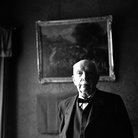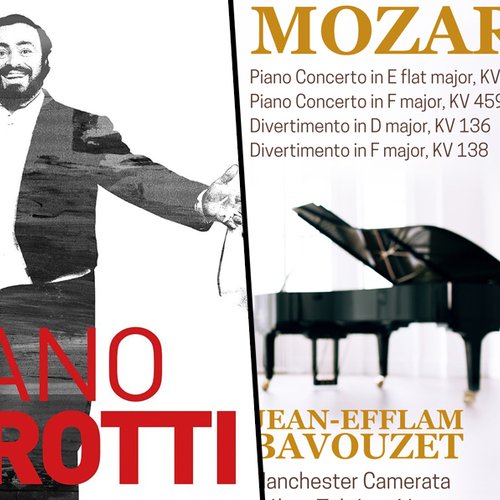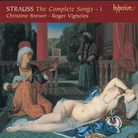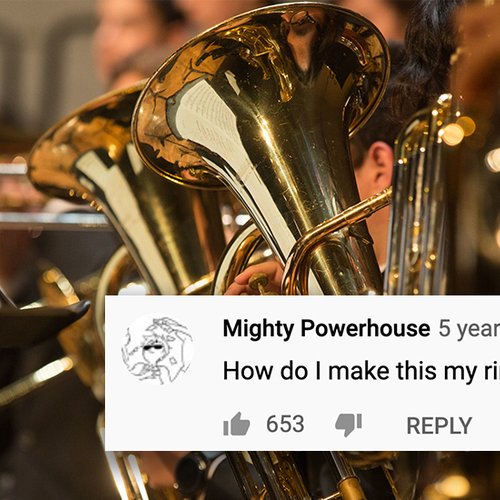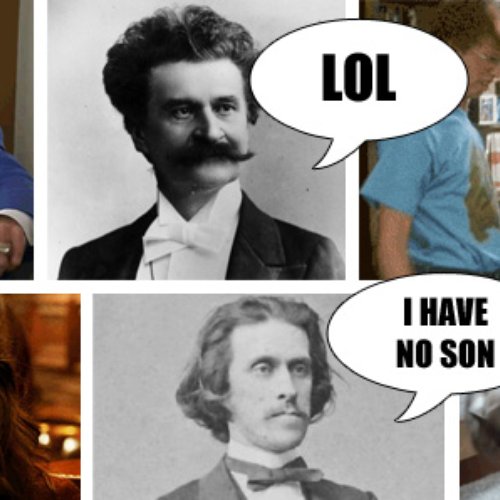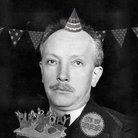The Story Behind Strauss' Four Last Songs
In completing Four Last Songs - his successful marriage of music and poetry - Richard Strauss also wrote his own epitaph.
Richard Strauss was a boy of six when he wrote his first song, and an old man of 84 when he completed his last. In the intervening years he made a hugely successful career as a composer of symphonies, songs and operas, a master orchestrator and conductor. But it was the marriage of music and poetry – especially with the sound of the soprano voice in mind – to which he always returned, and his gloriously serene and transcendent Four Last Songs, written a year before his death, was to be his epitaph.
In 1948, Strauss felt himself slowing down. There was a new world order, he was old, and he felt tainted by the tribulations of the Second World War and the unfortunate appropriation of his music by the Third Reich. His individual, lushly Romantic style of composition was increasingly seen as old-fashioned in a post-war musical world that had rejected tonality. He’d even gone as far as making the self-deprecating remark: ‘” may not be a first-rate composer, but I am a first-class second-rate composer!”
However, he was not yet ready to put down his pen – his imagination had been caught by a piece by the lyric poet Josef von Eichendorff, Im Abendrot (In the Evening Glow), and he set to work turning it into an orchestral song. It was to be the final song in the set that became known as the Four Last Songs, and within five months it was followed by Spring, September and Going To Sleep.
Into them Strauss poured the most fundamental aspects of his musical personality – a rainbow of orchestral colour, radiant lyricism and his life-long love affair with the soprano voice. And it was as if his life had come full circle: during Im Abendrot, he quotes from his tone-poem Tod Und Verklärung (Death And Transfiguration), written in his 20s. A year later, as he lay fatally ill from a series of heart attacks, he calmly claimed, “Dying is just like I composed it in Tod und Verklärung.”
Strauss’s last wish was that his swansong should be premiered by the Wagnerian soprano, Kirsten Flagstad. Sadly, he died eight months before his wish came true. The Four Last Songs was first heard in London in May 1950, performed by Flagstad, the Philharmonia and Wilhelm Furtwängler. It is the apotheosis of Strauss’s life and work: a man who, having lived to the full, contemplates eternity with perfect equanimity.
HEAR IT ON…
Strauss Four Last Songs
Gundula Janowitz (sop), Berlin Philharmonic/Herbert von Karajan
Strauss’s soaring lines have never been more perfectly expressed than here.
DG 447 4222
DID YOU KNOW?
Strauss adored the soprano voice, but had a notorious a dislike for tenors – his writing for them is famously awkward to sing.






